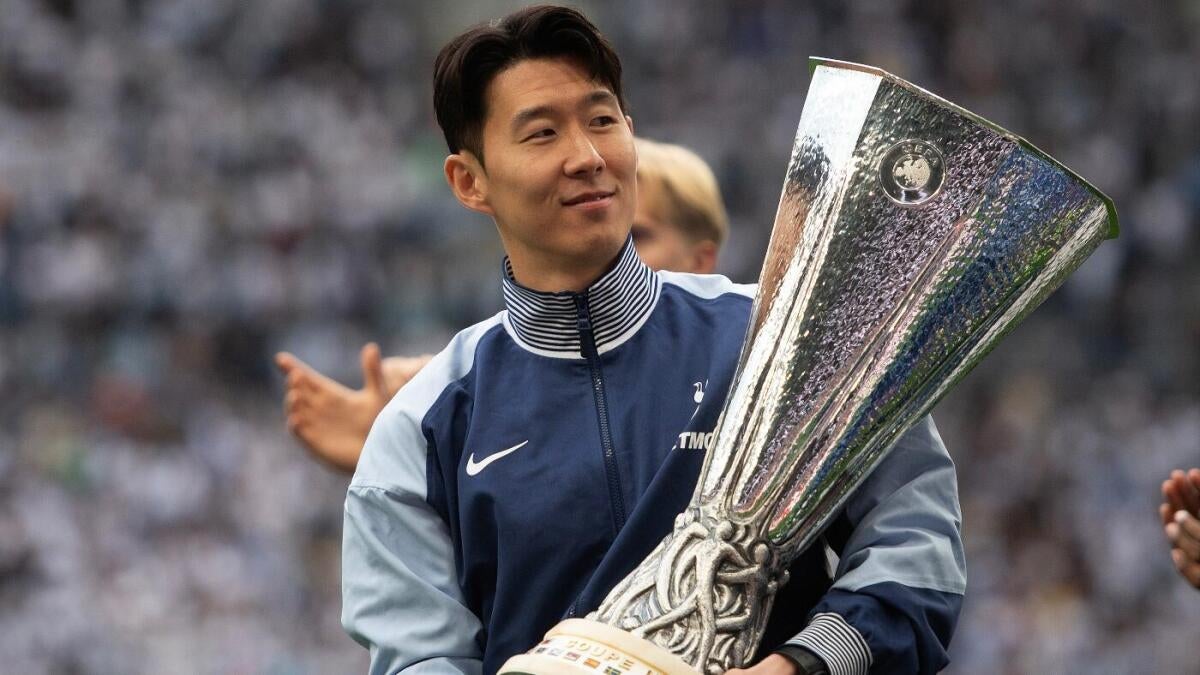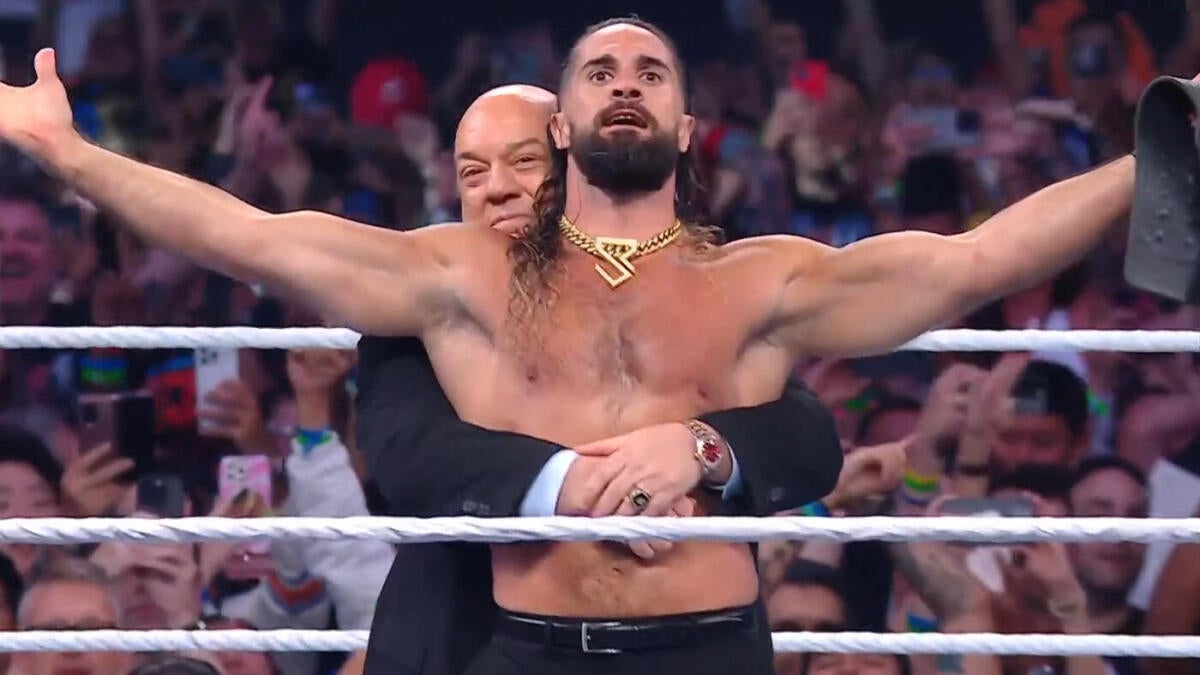The Detroit Tigers’ Strategic Move: Acquiring Chris Paddack Amidst Injury Challenges
Introduction: A Pivotal Moment for the Tigers
The Detroit Tigers’ decision to acquire right-handed pitcher Chris Paddack from the Minnesota Twins ahead of the 2025 MLB trade deadline is a move that transcends the immediate need for a starting pitcher. This acquisition, coming on the heels of Reese Olson’s season-ending shoulder strain, underscores the Tigers’ commitment to adaptability and strategic foresight. The move is not just about filling a void; it’s about positioning the team for both short-term success and long-term stability.
Immediate Necessity: Filling the Void in the Rotation
Reese Olson’s injury was a significant blow to the Tigers’ pitching staff, which was already dealing with injuries to key players like Alex Cobb, Sawyer Gipson-Long, and Jackson Jobe. The loss of Olson, a promising young arm, left a substantial gap in the rotation that needed to be addressed promptly. Enter Chris Paddack, a pitcher with experience and a track record of contributing at the major league level.
Paddack’s 4.95 ERA with the Twins might not be impressive, but his relative health and experience made him an attractive option for the Tigers. The move highlights the Tigers’ ability to react swiftly to adversity, a crucial trait for any team aiming to compete in a long and grueling baseball season. By acquiring Paddack, the Tigers ensured they had a reliable arm to step into the rotation, allowing them to maintain their competitive edge despite the setback.
Paddack’s Potential: Unlocking Hidden Value
Beyond the immediate need, the Tigers’ interest in Paddack is rooted in his potential. Once a highly regarded prospect, Paddack possesses a repertoire that could be refined and optimized in the right environment. His fastball-changeup combination has shown flashes of brilliance, and a change of scenery might be the catalyst he needs to regain his form.
The Tigers’ coaching staff, known for their expertise in developing pitching talent, will likely work closely with Paddack to fine-tune his mechanics and approach. Adjustments to his pitch mix or a renewed focus on command could significantly improve his performance. This acquisition, therefore, is not just a short-term solution but also a long-term investment in a player who could become a valuable asset for the Tigers.
The Ripple Effect: Strengthening the Rotation and Beyond
The addition of Paddack has a cascading effect on the Tigers’ pitching staff. It not only fills the void left by Olson but also provides the team with much-needed flexibility. With Paddack in the rotation, the Tigers can avoid rushing back injured starters like Cobb and Jobe, allowing them to fully recover and return at peak performance. This cautious approach is crucial for preventing further injuries and ensuring the team has a healthy and effective pitching staff as they head into the critical late-season stretch.
Moreover, the Paddack trade could influence the Tigers’ approach to the trade deadline. With a starting pitcher secured, the team can now focus on addressing other areas of need, such as bolstering the bullpen or adding offensive firepower. This strategic allocation of resources demonstrates the Tigers’ understanding of their strengths and weaknesses and their commitment to building a well-rounded roster capable of competing at the highest level.
Risks and Rewards: Evaluating the Trade
As with any trade, the acquisition of Chris Paddack comes with both risks and rewards. Paddack’s inconsistent performance throughout his career is a legitimate concern. His ERA and WHIP (walks plus hits per inning pitched) have fluctuated, and he has struggled with injuries in the past. There’s no guarantee that he will be a significant upgrade over Olson or that he will be able to stay healthy for the remainder of the season.
However, the potential rewards are equally compelling. If Paddack can recapture his early-career form, he could become a valuable contributor to the Tigers’ rotation. His experience and veteran presence could also be beneficial to the team’s younger pitchers, providing mentorship and guidance as they continue to develop. Ultimately, the success of the trade will depend on Paddack’s performance on the field and his ability to adapt to his new environment.
The Broader Context: Tigers’ Playoff Aspirations
The Paddack trade must be viewed within the context of the Tigers’ overall goals for the 2025 season. Detroit is a team on the rise, with a young core of players and a promising farm system. After several years of rebuilding, the Tigers are now aiming to contend for a playoff spot.
Acquiring Paddack signals a willingness to be aggressive and to seize opportunities when they arise. It demonstrates that the Tigers are serious about competing and that they are willing to take calculated risks to improve their chances of success. Whether this move ultimately pays off remains to be seen, but it undoubtedly sends a message to the rest of the league that the Detroit Tigers are a team to be reckoned with.
A Glimpse into the Future: Long-Term Strategy
Beyond the immediate impact on the 2025 season, the Paddack trade also offers a glimpse into the Tigers’ long-term strategy. The acquisition of a veteran pitcher like Paddack suggests that the Tigers are prioritizing stability and experience as they continue to develop their young talent. By surrounding their prospects with proven performers, the Tigers hope to create a winning culture and accelerate their development.
This approach reflects a patient and measured approach to team building. The Tigers are not simply trying to win at all costs; they are focused on building a sustainable contender that can compete for years to come. The Paddack trade, therefore, is not just a short-term fix but also a strategic move that aligns with the Tigers’ long-term vision.
Conclusion: A Calculated Bet on the Future
The Detroit Tigers’ acquisition of Chris Paddack is a multifaceted move driven by both immediate need and long-term strategy. While Reese Olson’s unfortunate injury forced the Tigers to act quickly, the decision to acquire Paddack was not simply a knee-jerk reaction. It was a calculated bet on a player with untapped potential, a move that could bolster the team’s rotation, provide valuable experience to young pitchers, and ultimately contribute to the Tigers’ quest for a playoff berth. Only time will tell if this gamble pays off, but one thing is clear: the Detroit Tigers are not content to sit on the sidelines. They are actively pursuing opportunities to improve their team and compete for championships. The Paddack trade is a testament to that commitment, and it signals a bright future for baseball in the Motor City.












